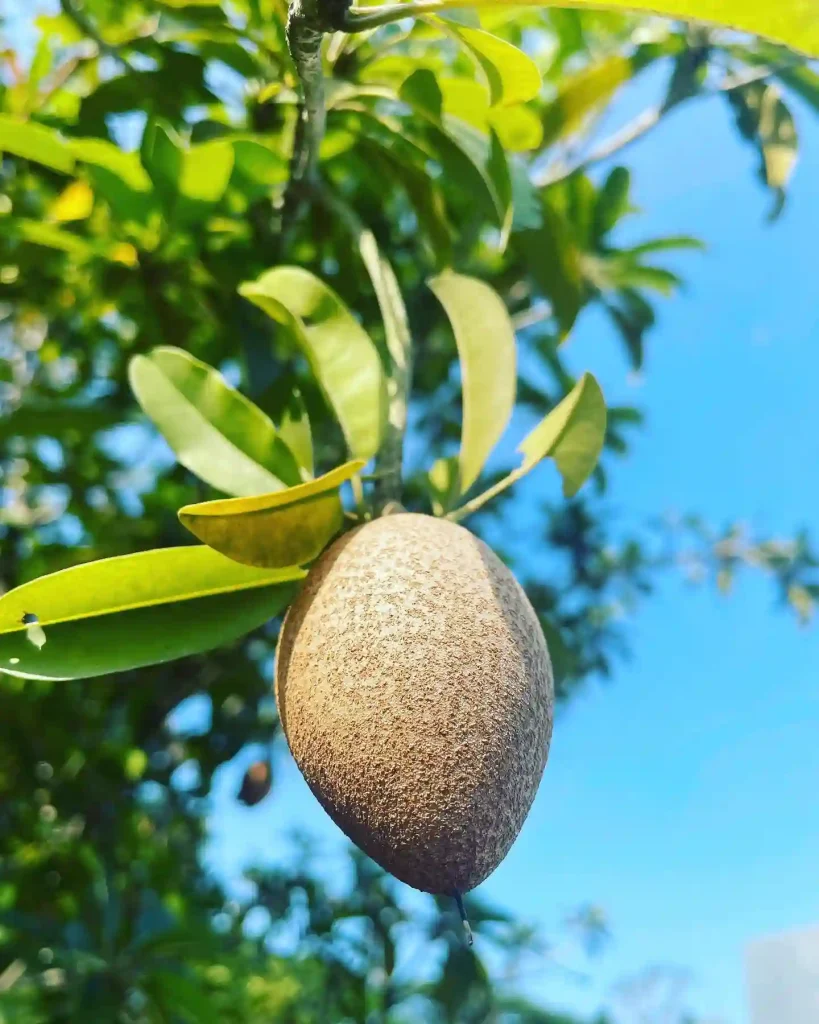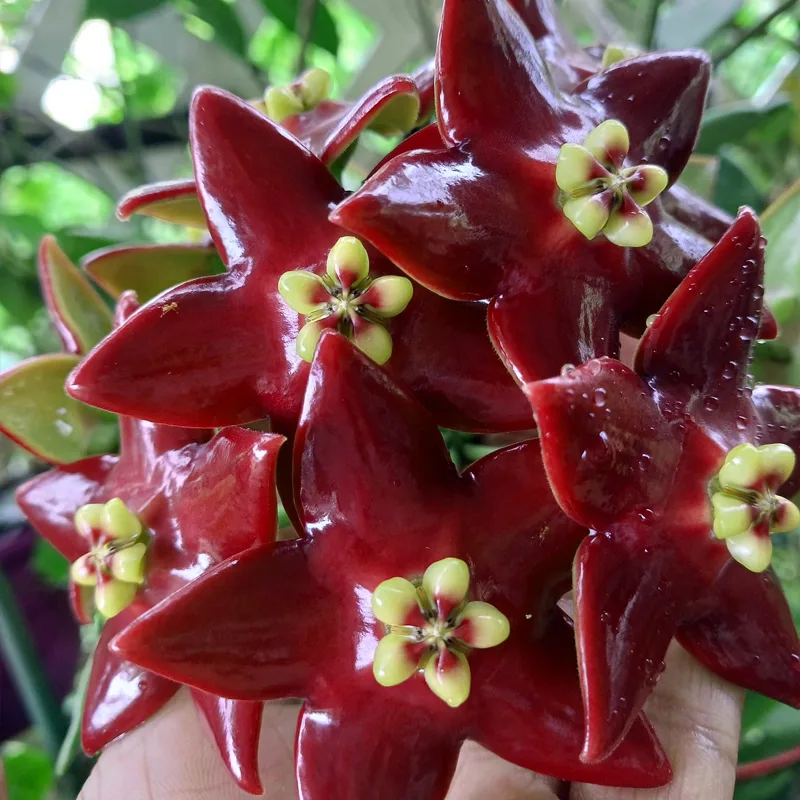FAQs About Chlorophytum Laxum
Chlorophytum Laxum, commonly known as the Spider Plant, has captured my heart with its charming foliage and easy-going nature. This article aims to address common questions I’ve encountered while caring for and enjoying this delightful plant.
200 Species in Genus Chlorophytum
What is Chlorophytum Laxum?
Chlorophytum Laxum is a popular houseplant known for its arching green leaves adorned with creamy white stripes. Originating from tropical regions, it thrives in indoor environments, making it a favorite among plant enthusiasts. I’ve found that its striking appearance adds a touch of greenery to any room.
How to Care for Chlorophytum Laxum?
Caring for Chlorophytum Laxum is straightforward, making it an ideal choice for both beginners and seasoned plant lovers. Here are some essential care tips:
Light Requirements
Chlorophytum Laxum prefers bright, indirect light. While it can tolerate low-light conditions, I’ve noticed that it flourishes with more sunlight. Be cautious of direct sunlight, as it can scorch the leaves.
Watering Needs
I water my Chlorophytum Laxum when the top inch of the soil feels dry. Overwatering can lead to root rot, so I ensure the pot has drainage holes. During the growing season, I water more frequently, while in winter, I reduce watering.
Humidity and Temperature
This plant enjoys moderate humidity levels, so I mist the leaves occasionally, especially during dry months. Chlorophytum Laxum thrives in temperatures between 65°F to 75°F. I’ve found it’s best to keep it away from cold drafts and extreme heat.
Soil Preferences
A well-draining potting mix works wonders for Chlorophytum Laxum. I usually use a mixture of potting soil and perlite to ensure proper drainage. This helps keep the roots healthy and happy.
How to Propagate Chlorophytum Laxum?
Propagating Chlorophytum Laxum is a fun and rewarding experience. I prefer two methods: offsets and cuttings.
Offsets
The plant produces small offshoots or “pups” that can be easily separated from the main plant. I gently pull the pups from the base and repot them in their own containers.
Cuttings
Alternatively, I can take stem cuttings, ensuring each has a few leaves attached. I place the cuttings in water or soil, keeping them moist until roots develop. In about a month, they’re ready to be potted.
What to Plant With Chlorophytum Laxum?
Chlorophytum Laxum pairs well with other houseplants that share similar care requirements. I often group it with:
- Pothos: This trailing plant has similar light and watering needs, making it an excellent companion.
- Peace Lily: Their contrasting foliage complements each other beautifully.
- Snake Plant: With its architectural leaves, the Snake Plant offers a striking visual contrast to the soft, arching leaves of Chlorophytum Laxum.
Is Chlorophytum Laxum Toxic?
One of the great things about Chlorophytum Laxum is that it is non-toxic to pets and humans. I’ve always appreciated having this plant around my cats without worrying about their safety.
Benefits of Chlorophytum Laxum
Chlorophytum Laxum offers several benefits beyond its aesthetic appeal:
- Air Purification: This plant helps remove toxins from the air, promoting a healthier indoor environment.
- Easy Care: Its resilience makes it suitable for those who might not have a green thumb.
- Stress Relief: I find that caring for plants like Chlorophytum Laxum reduces stress and enhances my mood.
Common Problems with Chlorophytum Laxum
Despite its hardiness, I’ve faced a few challenges while caring for Chlorophytum Laxum:
Yellowing Leaves
Yellowing leaves may indicate overwatering or inadequate light. I check the soil moisture and light conditions to troubleshoot.
Pests
While rare, spider mites and aphids can occasionally be a nuisance. I’ve found that a gentle spray of water or insecticidal soap effectively manages these pests.
Comparing Chlorophytum Laxum with Similar Plants
I often hear confusion between Chlorophytum Laxum and other similar species, like Chlorophytum Comosum (the common Spider Plant). While both are charming, Chlorophytum Laxum tends to have broader leaves and a more cascading growth habit, making it visually distinct.
Conclusion
Chlorophytum Laxum is a delightful addition to any home. Its easy care, non-toxic nature, and air-purifying qualities make it a winner in my book. Whether you’re a novice or a seasoned plant enthusiast, this charming plant is sure to bring joy to your space. If you’re considering adding Chlorophytum Laxum to your collection, I encourage you to dive in—its rewards are plentiful!
If i die, water my plants!



